#gracilis
Text
The Green Revolution: How Bamboo is Changing the Game
THE FOLLOWING ARTICLE IS BY AN UNNAMED USA RESIDENT.
Bamboo is an amazingly versatile plant with many uses. Plants are found all over the world and are highly resistant to heat, drought, UV light, insects, pollution, and more. They are also durable and can withstand some of the world’s harshest climates.
Bamboo is often used to make paper, food, clothes, and even building materials. Bamboo can be…

View On WordPress
#alphonsekarr#bamboogroundcovers#bambooplantingguide#chinagold#dwarfwhitestripe#fusca#ghost#goldstripe#gracilis#groundcoverbamboo#nepaleseblue#oldhamii
0 notes
Text
🎋 Introducing Graceful Bamboo at Ocoee Bamboo Farm 407-777-4807 Awesome Privacy Bamboo: Graceful Bamboo 🎋
Are you searching for an exquisite solution to enhance the privacy and beauty of your Florida backyard? You came to the right place ! At Ocoee Bamboo Farm, we proudly present our remarkable privacy bamboo: Graceful Bamboo. Let us unveil the top 10 reasons why Graceful Bamboo is the perfect choice for transforming your outdoor space into a secluded oasis.
1️⃣ Imposing Height: Graceful Bamboo reaches impressive heights, growing up to 25 feet , ensuring optimal privacy and creating a serene atmosphere.
2️⃣ Lush Foliage: The dense foliage of Graceful Bamboo forms a stunning visual barrier, shielding your backyard from prying eyes while providing a soothing backdrop of vibrant greenery.
3️⃣ Fast Growth: Thanks to its rapid growth rate, Graceful Bamboo quickly establishes itself, providing privacy sooner rather than later. Quickly, you'll enjoy a secluded retreat.
4️⃣ Low Maintenance: Graceful Bamboo is known for its easy maintenance. Once established, it requires minimal care, allowing you to relax and enjoy your private sanctuary without extensive upkeep.
5️⃣ Versatile Design: Beyond its privacy benefits, Graceful Bamboo adds a touch of elegance to any landscape. Its slender and graceful appearance creates a serene ambiance, making it a perfect fit for various backyard styles.
6️⃣ Natural Sound Barrier: The dense foliage of Graceful Bamboo also acts as a natural sound barrier, reducing unwanted noise and creating a peaceful haven where you can escape the hustle and bustle of everyday life.
7️⃣ Drought Tolerance: Flourishing in Florida's climate, Graceful Bamboo exhibits remarkable drought tolerance, making it an excellent choice for water-wise landscaping without compromising on privacy.
8️⃣ Wind Resistance: Graceful Bamboo's flexible culms (stems) and thick foliage make it resilient against strong winds. You can enjoy your privacy without worrying about the elements
9️⃣ Non-Invasive: Our Graceful Bamboo variety is a clumping bamboo, meaning it grows in compact clumps and does not spread uncontrollably like some other bamboo species. You can enjoy privacy without concerns about invasive tendencies.
🔟 Sustainable Choice: By choosing Graceful Bamboo, you contribute to a sustainable environment. Bamboo is known for its rapid growth and carbon sequestration capabilities, making it an eco-friendly alternative to traditional privacy options.
Discover the beauty and functionality of Graceful Bamboo at Ocoee Bamboo Farm. Our knowledgeable staff is eager to assist you in selecting the perfect bamboo plants to suit your privacy needs. Transform your Florida backyard into a private sanctuary with Graceful Bamboo—nature's gift for your outdoor oasis! 🌿🌳
#gracefulbamboo#gracefulbambooorlando#gracefulbamboo15gal#gracefulbamboo3gallon#weaverbamboo#textilisbamboo#gracilisbamboo#gracilis
0 notes
Photo
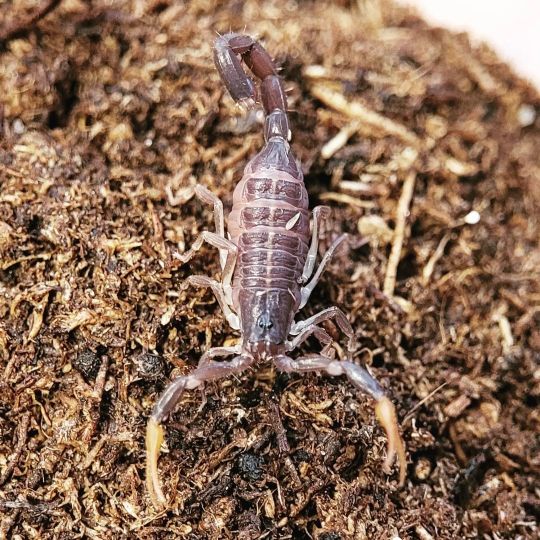
Centruroides gracilis by Beast Spiders on YouTube . . #centruroidesgracilis #centruroides #gracilis #highvenom #danger #deadlyscorpion #scorpiones #skorpion #scorpio #scorpion #arthrosects #BeastSpiders (w: Kraków, Poland) https://www.instagram.com/p/CqAWBoFMWY6/?igshid=NGJjMDIxMWI=
#centruroidesgracilis#centruroides#gracilis#highvenom#danger#deadlyscorpion#scorpiones#skorpion#scorpio#scorpion#arthrosects#beastspiders
0 notes
Photo

making merriment from misery
#red rock crab#cancer productus#graceful crab#metacarcinus gracilis#MaST Center aquarium#shitpost#meme#marine biology
217 notes
·
View notes
Text
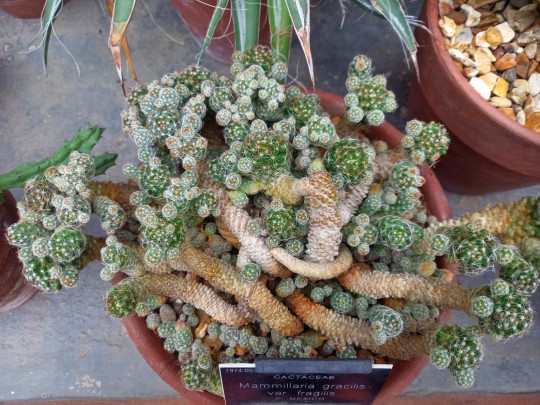
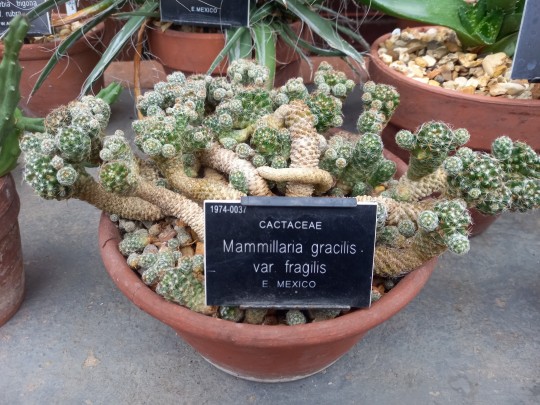
Mammillaria gracilis
48 notes
·
View notes
Photo

Western Spotted Skunk
2K notes
·
View notes
Text
Paludirex: Life of the Swamp King
Having gotten the long taxonomic history of Pallimnarchus and Paludirex out of the way (see here), lets talk more about the animal itself.
As far as we know at this point in time, Paludirex was the last of the large semi-aquatic mekosuchines and the largest members of this group had ever gotten. Whereas the cleaver-headed Baru dominated the waterways of the Oligocene and Miocene, Paludirex lived from the Pliocene and Pleistocene. There is some division between the species tho as it appears. Given the ambiguity around the origin of some Paludirex vincenti specimens, this species is currently only known from the Pliocene, whereas Paludirex gracilis is currently only known from the Pleistocene. There may also be a third species from the same region as Paludirex vincenti.
Comparisson between Paludirex gracilis (left) and Paludirex vincenti (right)

Anatomically, Paludirex has a pretty easily recognizable animal. Unlike Baru, with its short, triangular skull, Paludirex had a head that was almost rectangular when viewed from above, about half as wide as long and comparably flat. Mind you the skull can still be pretty deep, especially in Paludirex vincenti, but the proportions still highlight how wide it is most of all. In both robustness and skull width, Paludirex far exceeds what is known in modern saltwater crocodiles, which likely fill a similar niche.
Left: Skull reconstruction of Paludirex vincenti.
Right: Life reconstruction of Paludirex (Nellie Pease)


As said before, Paludirex represents the biggest mekosuchine. At a minimum length of 4 meters, it already rivals many of today's crocodiles and Baru, and that's just the smaller ones. Large individuals of Paludirex vincenti probably got much larger, 5 meters and more further drawing parallels to todays salties.
A size comparisson between Steve Irwin and both species of Paludirex
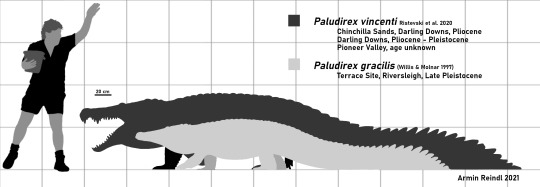
Now while the description is pretty sound on account of recent work by Ristevski and co., the ecology is a different matter. A lot of work was published back when Pallimnarchus was still a thing, so trying to separate what and what isn't applicable these days is a bit of a challenge.
On the most simple level, Paludirex was a generalist semi-aquatic ambush hunter. It's skull, tho incredibly robust and wide, shows no peculiar adaptations like long slender jaws so its obviously not a specialist. It's semi-aquatic because the nostrils and eyes face up so that they would peer out from the water while the rest of the body remained submerged. And these last two together basically suggest ambush-hunting.
Willis and Molnar also made comparissons between Paludirex skulls (or rather skulls now recognized as such) and Mugger crocodiles. All in all this suggests that its diet could have ranged from turtles to aquatic birds to large mammals (so the typical croc range really). They also infer that it may have had similar habitat preferences, being found in marshes, swamps, rivers, lakes, anywhere theres freshwater really. One exception may be that some researchers have argued that Paludirex was avoiding saltwater and brackish water, which eventually could have factored into its extinction once inland waterways in Queensland dissappeared.
Top: Eastern Sahul megafauna, the foreground features Paludirex about to ambush a giant kangaroo (Ryan Bargiel, Vlad Konstantinov, Andrey Atuchin & Scott Hocknull)
Bottom left: Paludirex vincenti (Diego Ortega Anatol)
Bottom right: An unforunate Paludirex being attacked by a marsupial lion (Joschua Knüppe)

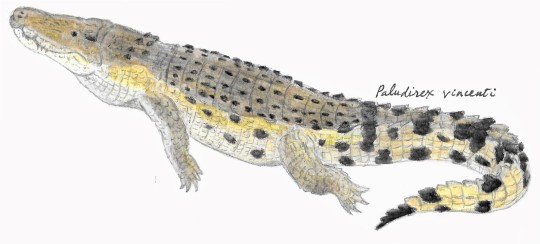

As with many crocs, its pretty likely that individuals were hostile towards each other at certain times, perhaps during territorial disputes or in the mating season. Now this one's a bit of a more ambiguous one regarding the assignment of the fossils. Fossils of leg material show clear bite marks, HOWEVER, the fossils were assigned to Pallimnarchus purely on the basis that they don't appear to have belonged to a terrestrial animal (as often inferred for Quinkana) nor to a modern croc. Based on this, the material was assumed to have been that of Pallimnarchus without much else to back it up. Now that Pallimnarchus is no more, it is reasonable to assume that it may be Paludirex but then again, it could also be an entirely different animal. Only way to tell would be to find Paludirex fossils with leg fossils attached.
This does bring up the interesting discussion, what crocs did coexist with Paludirex? Well there's a couple. As just mentioned, there's Quinkana, which I'll research more in depth later, but for now it's commonly assumed to be more terrestrial than other mekosuchines. There's the Darling Downs form, which lived around the same time as Paludirex vincenti in Queensland and may be a third species of this taxon. Gunggamarandu is another animal from this region, tho much as with Paludirex its not entirely clear if its Pliocene or Pleistocene. More certain is the fact that during the Pleiostocene, Paludirex gracilis coexisted with freshwater crocodiles in the Riversleigh WHA. Finally, there's indetermined species of crocodiles that date as far back as the Pliocene. Historically, they've been regarded as salties, but more recently it's though that they were a different species entirely and that salties only moved in recently, possibly after Paludirex went extinct and the niche of large semi-aquatic predator was free.
Top left: Quinkana faces off against Megalania (Hodari Nundu)
Top right: A freshwater crocodile running (Brandon Sideleau)
Bottom: Gunggamarandu, a relative of today's gharials (Eleanor Pease)


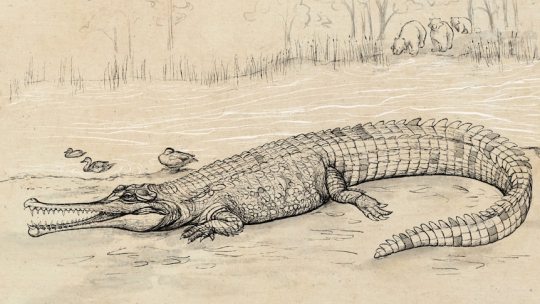
By this point I've basically already given away the reason why Paludirex is no more. With mekosuchines already taking a massive hit during the late Miocene, the group was not at its peak when Paludirex came around. And things were not getting any better as Australia grew more and more arid, river systems disappearing, freshwater drying up and the habitat of these animals shrinking bit by bit. Paludirex, presumably staying clear of coastal waters, was hit hard by these events and eventually it was just too much. And once it was out, saltwater crocodiles moved in, leading into the modern day.
#paludirex#pallimnarchus#palaeoblr#pliocene#pleistocene#australia#paleontology#prehistory#crocodile#croc#crocodilia#mekosuchinae#gunggamarandu#paludirex vincenti#paludirex gracilis#quinkana
116 notes
·
View notes
Text

This super-rare giant glider has a voice like a lawnmower
A mahogany glider (Petaurus gracilis).
Image credit: Minden Pictures/Alamy Stock Photo

#minden pictures#photographer#alamy stock photo#mahogany glider#glide#petaurus gracilis#animal#mammal#wildlife#nature
39 notes
·
View notes
Text


got Graciela (right) a mate (left)! raised her from a tiny pup and now she’s a fairly old girl, hope she gets along with him
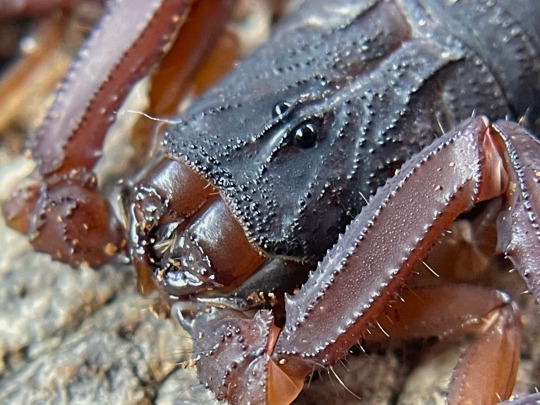
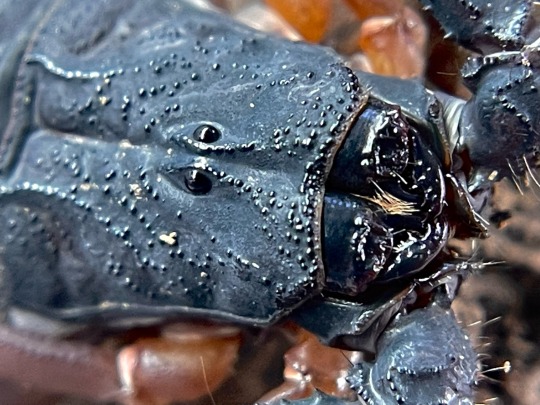

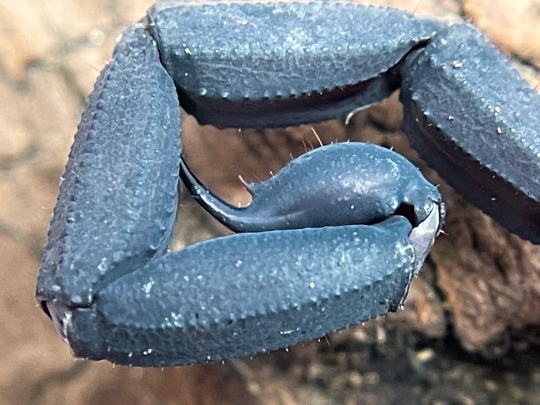
226 notes
·
View notes
Text
“[…] Guardo fuori dalla finestra
vedo la sera tramutarsi in mattino
vedo l’aurora boreale tramutarsi in alba
guardo fuori
e spero di essere esaudito
da chi
attraversa attento la strada con
il futuro sulle gracili spalle”.
― Jón Kalman Stefánsson, “Quando i diavoli si svegliano dèi”
#jon kalman stefansson#quando i diavoli si svegliano dei#guardare#finestra#vedere#sera#tramutare#mattino#aurora borealis#alba#sperare#essere esaudito#attraversare#attenzione#strada#futuro#gracili#spalle#poesia#frasi poesia#quotes
23 notes
·
View notes
Text
Beyond Green: The Striking Aesthetics of Alphonse Karr Bamboo
introduction to Bambusa multiplex Alphonse Karr
Welcome to the world of Bambusa multiplex Alphonse Karr, a stunning and versatile bamboo variety that is sure to capture your attention and transform your landscape.
In this blog, we will explore the various facets of this remarkable plant, from its care and maintenance to its use in landscaping, privacy screens, container gardening, indoor growing,…
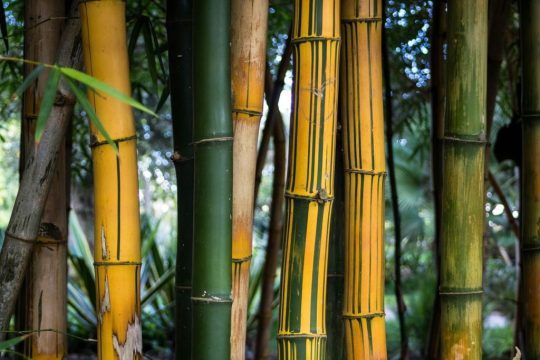
View On WordPress
#alphonsekarr#bamboogroundcovers#bambooplantingguide#chinagold#dwarfwhitestripe#fusca#ghost#goldstripe#gracilis#groundcoverbamboo#nepaleseblue#oldhamii
0 notes
Text
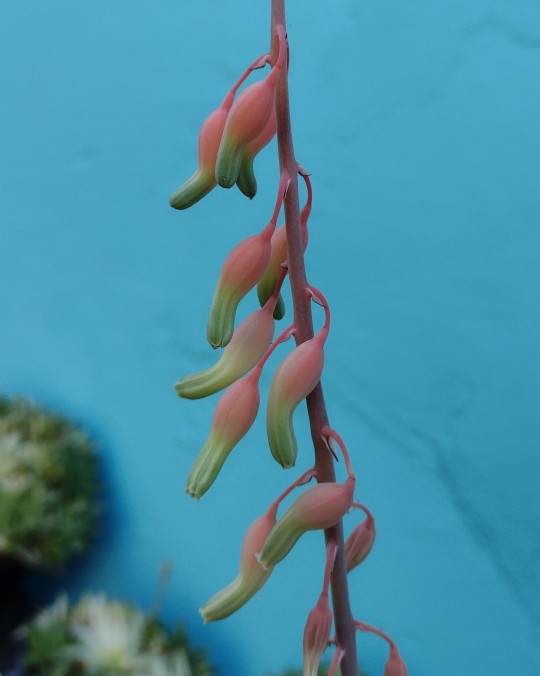
✨Gasteria Gracilis flowers✨
#not sure about the id#plantas#plants#gardeners on tumblr#succulents#suculentas#plantblr#my plants#picoftheday#succulent blog#gasteria gracilis#gasteria#flowers
25 notes
·
View notes
Text
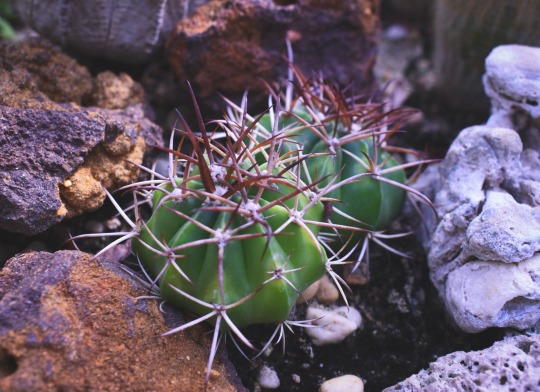
I think these young ferocactus might be gracilis, but not totally sure. we’ll see if the spines get more red with time!
14 notes
·
View notes
Photo


Graceful Crab (Metacarcinus gracilis)
#metacarcinus gracilis#graceful crab#crustacean#brachyura#cancridae#pnw#wa#washington#puget sound#salish sea#whulge#les davis#tacoma#crab#underwater#photography#scuba#diving#ocean#marine biology
91 notes
·
View notes
Text

初夏の頃、近所を散歩していたら、
住宅の垣根で咲いていた、
「ヒメウツギ(姫卯木)」の白い花。
ウツギ属。
別名:ウノハナ(卯の花)。
学名:Deutzia gracious
撮影:iPhone14 Pro Max
31 notes
·
View notes
Text

Silene gracilis
Loulé/Portugal (20/02/2024)
[Nikon D500; AF 105mm Micro-Nikkor F2,8 with Circular Flash Nissin MF 18; 1/250s; F18; 400 ISO]
12 notes
·
View notes